Home>Furniture & Design>Outdoor Furniture>What Size Wire For Outdoor Flood Lights
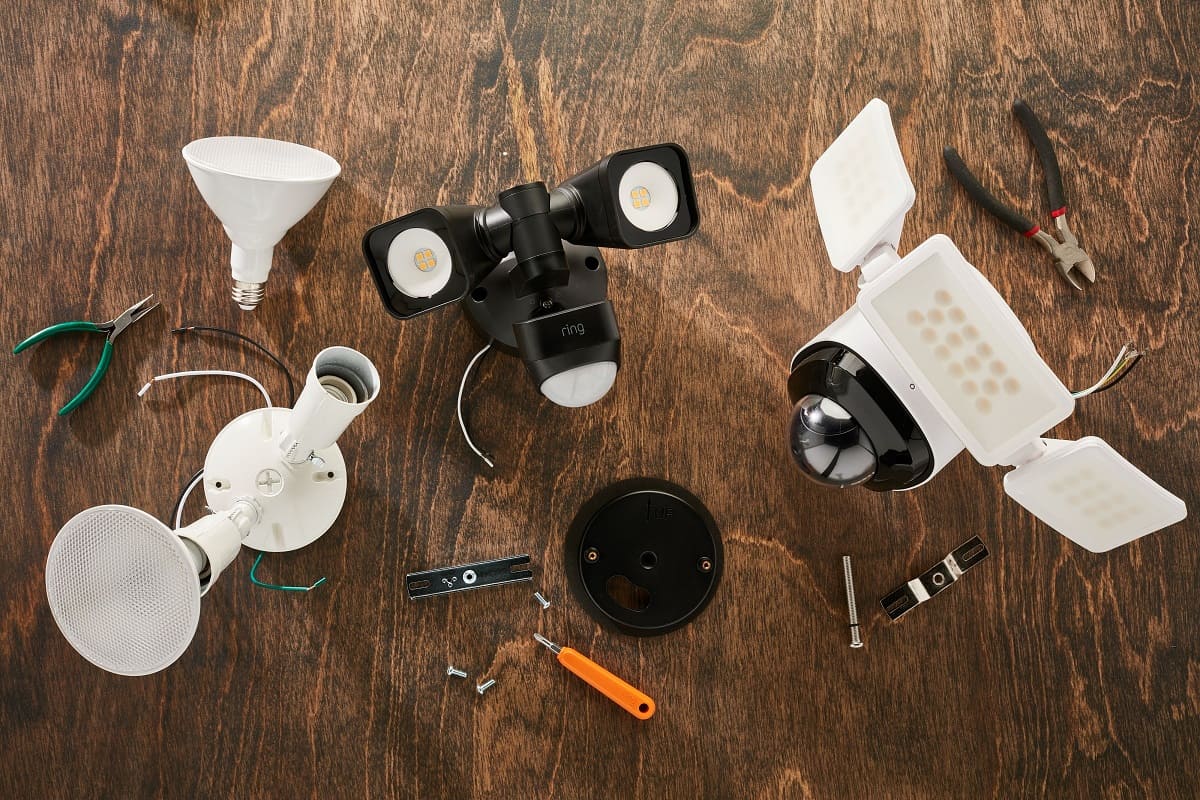

Outdoor Furniture
What Size Wire For Outdoor Flood Lights
Modified: March 26, 2024
Find the right wire size for your outdoor flood lights to ensure safe and efficient installation. Get expert tips on outdoor furniture, design, and more.
(Many of the links in this article redirect to a specific reviewed product. Your purchase of these products through affiliate links helps to generate commission for Storables.com, at no extra cost. Learn more)
Introduction
When it comes to illuminating the exterior of a property, outdoor flood lights are a popular choice for providing ample brightness and security. However, the effectiveness of these lights depends on various factors, including the size of the wire used for their installation. The wire size plays a crucial role in ensuring the proper flow of electricity to the outdoor flood lights, thereby impacting their performance and longevity.
In this comprehensive guide, we will delve into the intricacies of selecting the appropriate wire size for outdoor flood lights. Whether you are a homeowner embarking on a DIY outdoor lighting project or a professional electrician seeking to optimize the functionality of outdoor illumination, understanding the significance of wire size is paramount. By exploring the key considerations and recommended wire sizes for different wattage outdoor flood lights, you will gain valuable insights to support informed decision-making and successful installation practices.
Join us as we unravel the complexities of wire size for outdoor flood lights, empowering you to illuminate outdoor spaces with efficiency and reliability.
Key Takeaways:
- Choose the right wire size for outdoor flood lights based on wattage to ensure safe and efficient power distribution, considering factors like distance from the power source and environmental conditions.
- Adhering to industry standards and guidelines, such as the National Electrical Code (NEC), is crucial for promoting electrical safety and compliance when selecting wire size for outdoor flood lights.
Read more: What Size Wire For Outdoor Lighting
Factors to Consider When Choosing Wire Size
Before determining the appropriate wire size for outdoor flood lights, it is essential to take into account several crucial factors that can influence the selection process. By carefully considering these elements, you can ensure that the wire size aligns with the specific requirements of the outdoor lighting system, promoting optimal functionality and safety.
- Distance from Power Source: The distance between the outdoor flood lights and the power source significantly impacts the wire size selection. Longer distances necessitate thicker wires to minimize voltage drop and maintain consistent power delivery.
- Wattage and Amperage: Understanding the wattage and amperage requirements of the outdoor flood lights is imperative. Higher wattage lights and increased amperage demand thicker wires to accommodate the electrical load without overheating or voltage loss.
- Environmental Conditions: Outdoor installations are exposed to various environmental elements, including moisture, temperature fluctuations, and physical wear. Selecting wire with appropriate insulation and weather-resistant properties is vital to ensure durability and longevity in outdoor settings.
- National Electrical Code (NEC) Guidelines: Adhering to the guidelines outlined in the National Electrical Code is essential for electrical safety and compliance. The NEC provides specific recommendations for wire size based on the application and electrical load, offering valuable insights for outdoor flood light installations.
- Voltage Drop Considerations: Voltage drop, which occurs as electricity travels through the wire, can impact the performance of outdoor flood lights. Calculating voltage drop based on the wire size, length, and load helps in selecting the most suitable wire gauge to maintain optimal voltage levels at the lighting fixtures.
- Future Expansion: Anticipating potential expansions or additions to the outdoor lighting system is crucial. Choosing a wire size that can accommodate future upgrades or additional fixtures minimizes the need for rewiring and modifications down the line.
By carefully evaluating these factors, you can make informed decisions regarding the selection of wire size for outdoor flood lights, ensuring efficient power distribution, compliance with safety standards, and resilience in outdoor environments.
When choosing the size of wire for outdoor flood lights, use 12-gauge wire for up to 20 amps and 10-gauge wire for up to 30 amps to ensure proper power supply and safety.
Wire Size for Different Wattage Outdoor Flood Lights
Choosing the appropriate wire size for outdoor flood lights is closely tied to the wattage of the fixtures, as it directly influences the electrical load and, subsequently, the wire gauge required for safe and efficient operation. Understanding the recommended wire sizes for different wattage outdoor flood lights is essential for seamless installation and optimal performance.
Below are the commonly recommended wire sizes for outdoor flood lights based on their wattage:
- Up to 150 Watts: For outdoor flood lights with a wattage of up to 150 watts, a 14-gauge wire is typically sufficient to accommodate the electrical load and ensure proper power distribution. This wire size is suitable for shorter distances from the power source and moderate amperage requirements.
- 150 to 300 Watts: Outdoor flood lights ranging from 150 to 300 watts may necessitate a 12-gauge wire to support the increased electrical load and minimize voltage drop, especially when the lights are positioned at a moderate distance from the power source.
- Above 300 Watts: For high-wattage outdoor flood lights exceeding 300 watts, a 10-gauge wire or thicker may be recommended to accommodate the substantial electrical demand and maintain optimal power delivery over longer distances.
It is important to note that these recommendations serve as general guidelines, and specific installations may require adjustments based on the unique factors influencing the electrical system. Factors such as the distance from the power source, voltage drop considerations, and environmental conditions should be carefully evaluated to ensure the selected wire size aligns with the specific requirements of the outdoor flood lights.
Additionally, consulting the National Electrical Code (NEC) and local building codes is crucial to ensure compliance and electrical safety when determining the appropriate wire size for outdoor lighting installations. By adhering to industry standards and considering the wattage-specific wire size recommendations, you can effectively support the performance and longevity of outdoor flood lights while promoting electrical safety and reliability.
Conclusion
As we conclude our exploration of wire size considerations for outdoor flood lights, it becomes evident that the selection of the appropriate wire gauge is a critical aspect of ensuring the effectiveness, safety, and longevity of outdoor lighting installations. By carefully assessing factors such as distance from the power source, wattage and amperage requirements, environmental conditions, and voltage drop considerations, individuals and professionals alike can make informed decisions regarding the wire size for outdoor flood lights.
It is essential to emphasize the significance of adhering to industry standards and guidelines, such as those outlined in the National Electrical Code (NEC), to promote electrical safety and compliance with regulatory requirements. By integrating these standards into the decision-making process, individuals can navigate the complexities of wire size selection with confidence, knowing that their outdoor lighting systems are designed to meet rigorous safety and performance standards.
Furthermore, the correlation between the wattage of outdoor flood lights and the recommended wire sizes underscores the importance of understanding the specific electrical demands of the lighting fixtures. By aligning the wire size with the wattage and amperage requirements, individuals can optimize power distribution, minimize voltage drop, and support the seamless operation of outdoor flood lights.
Ultimately, the knowledge and insights gained from this guide empower homeowners, electricians, and lighting professionals to approach outdoor flood light installations with a comprehensive understanding of the significance of wire size. By factoring in the unique considerations associated with outdoor environments and electrical systems, individuals can make well-informed decisions that contribute to the efficiency, reliability, and safety of outdoor lighting setups.
With a keen awareness of the interplay between wire size, wattage, and environmental factors, individuals can embark on outdoor lighting projects with the assurance that their installations are designed to deliver optimal illumination and performance while upholding the highest standards of electrical safety.
Frequently Asked Questions about What Size Wire For Outdoor Flood Lights
Was this page helpful?
At Storables.com, we guarantee accurate and reliable information. Our content, validated by Expert Board Contributors, is crafted following stringent Editorial Policies. We're committed to providing you with well-researched, expert-backed insights for all your informational needs.
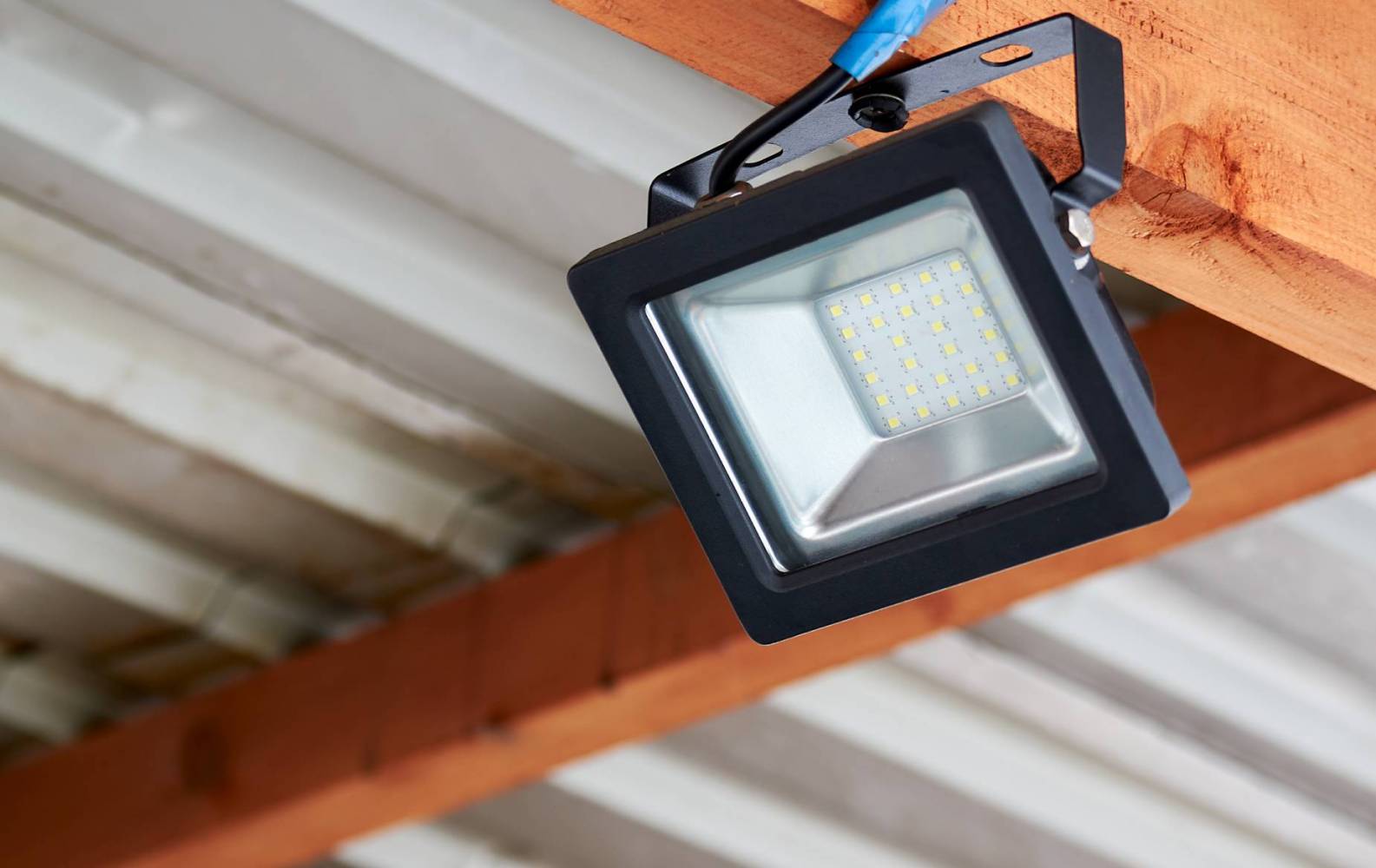
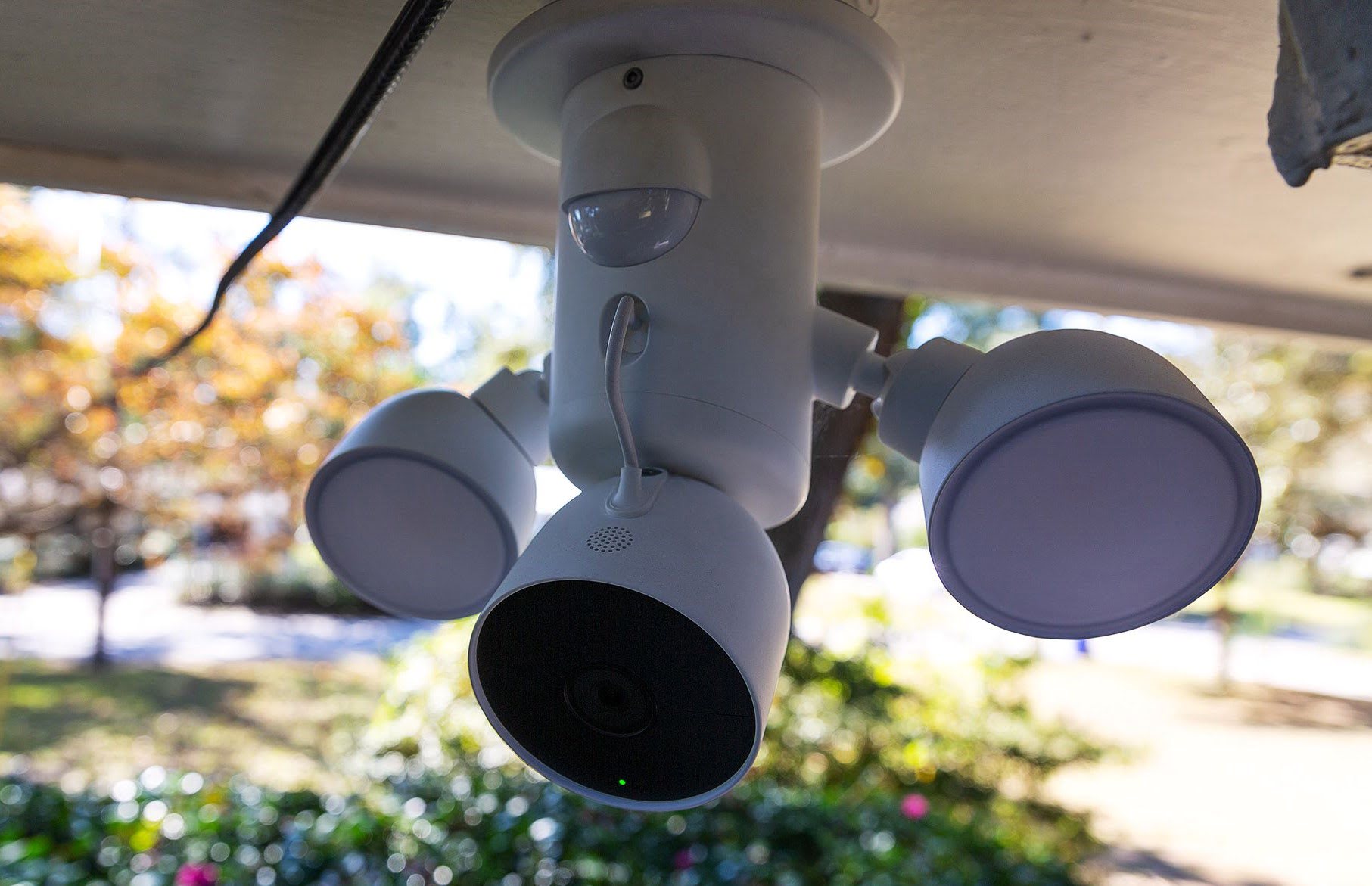
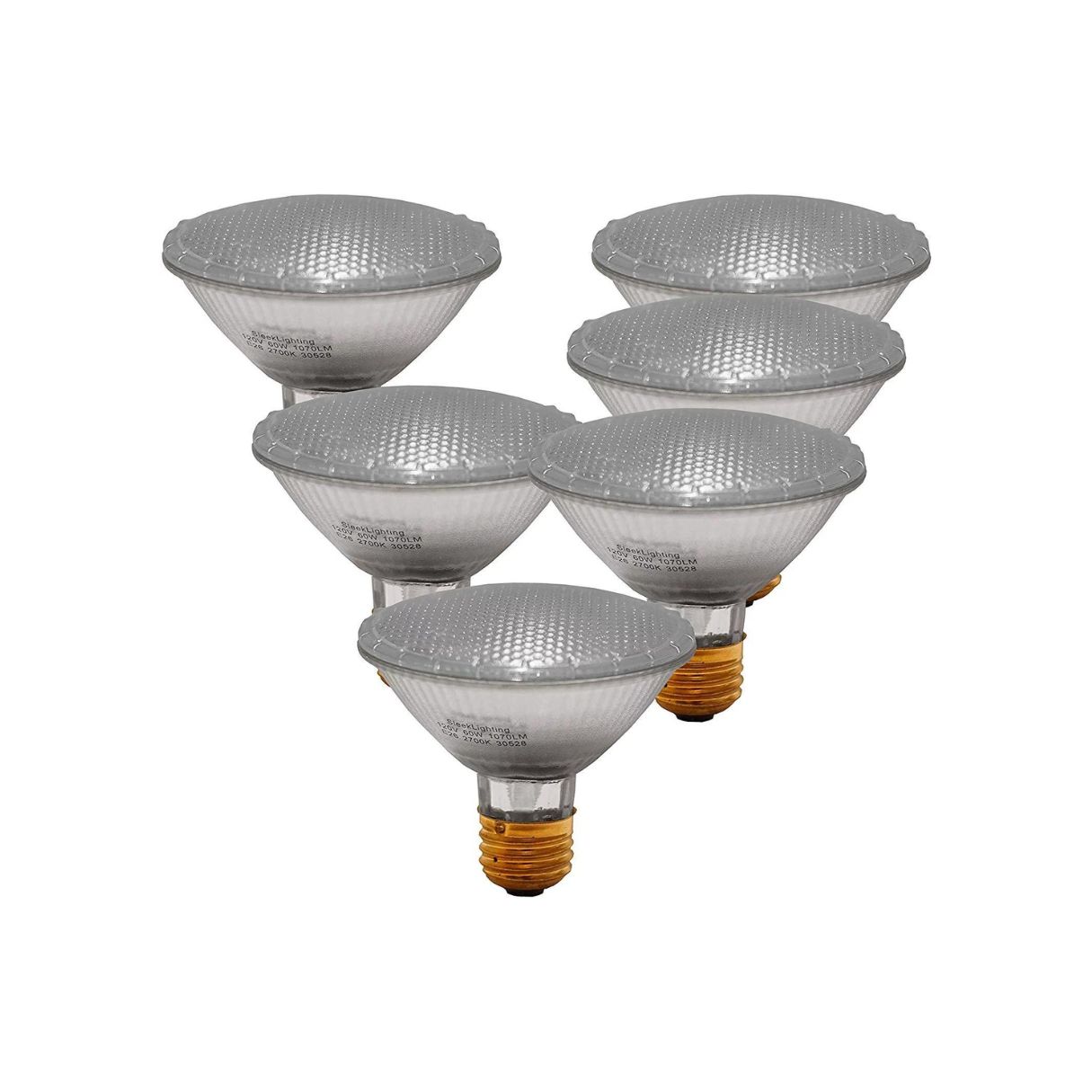
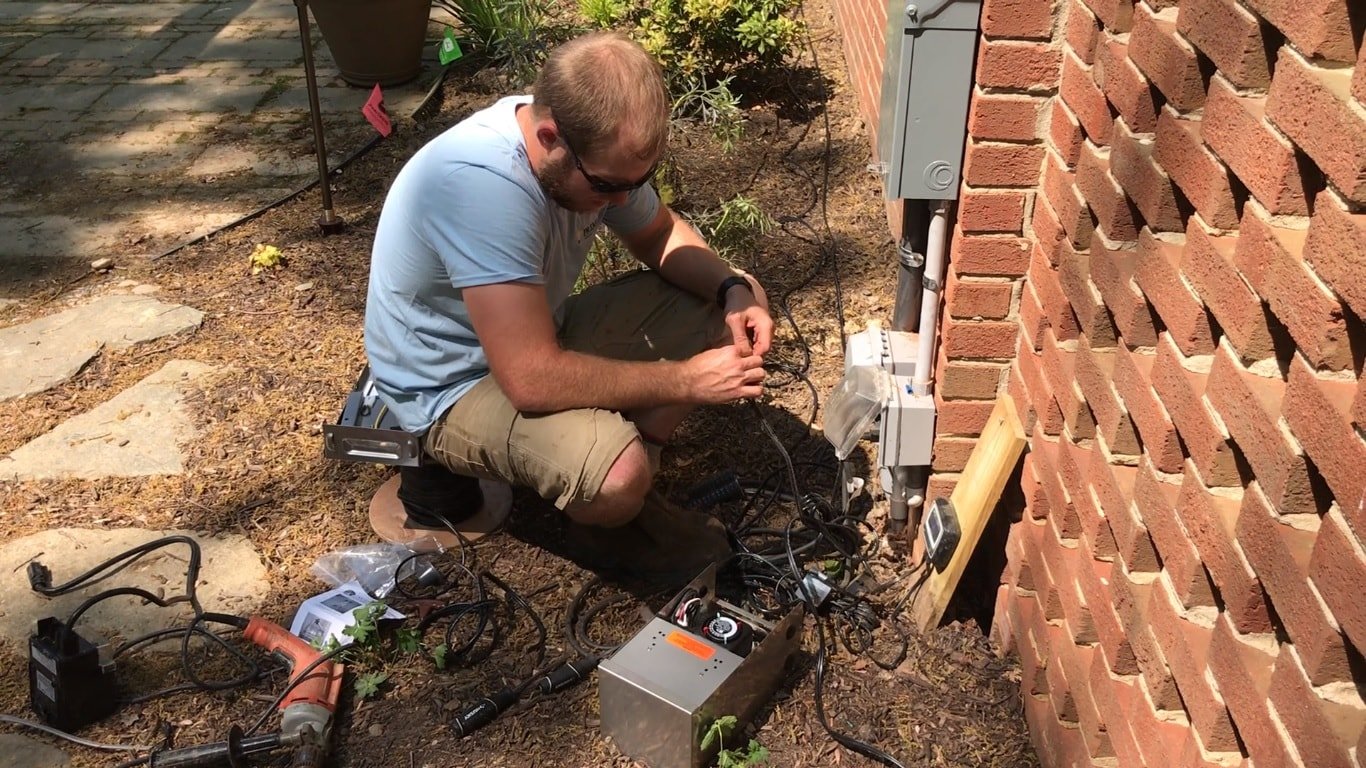
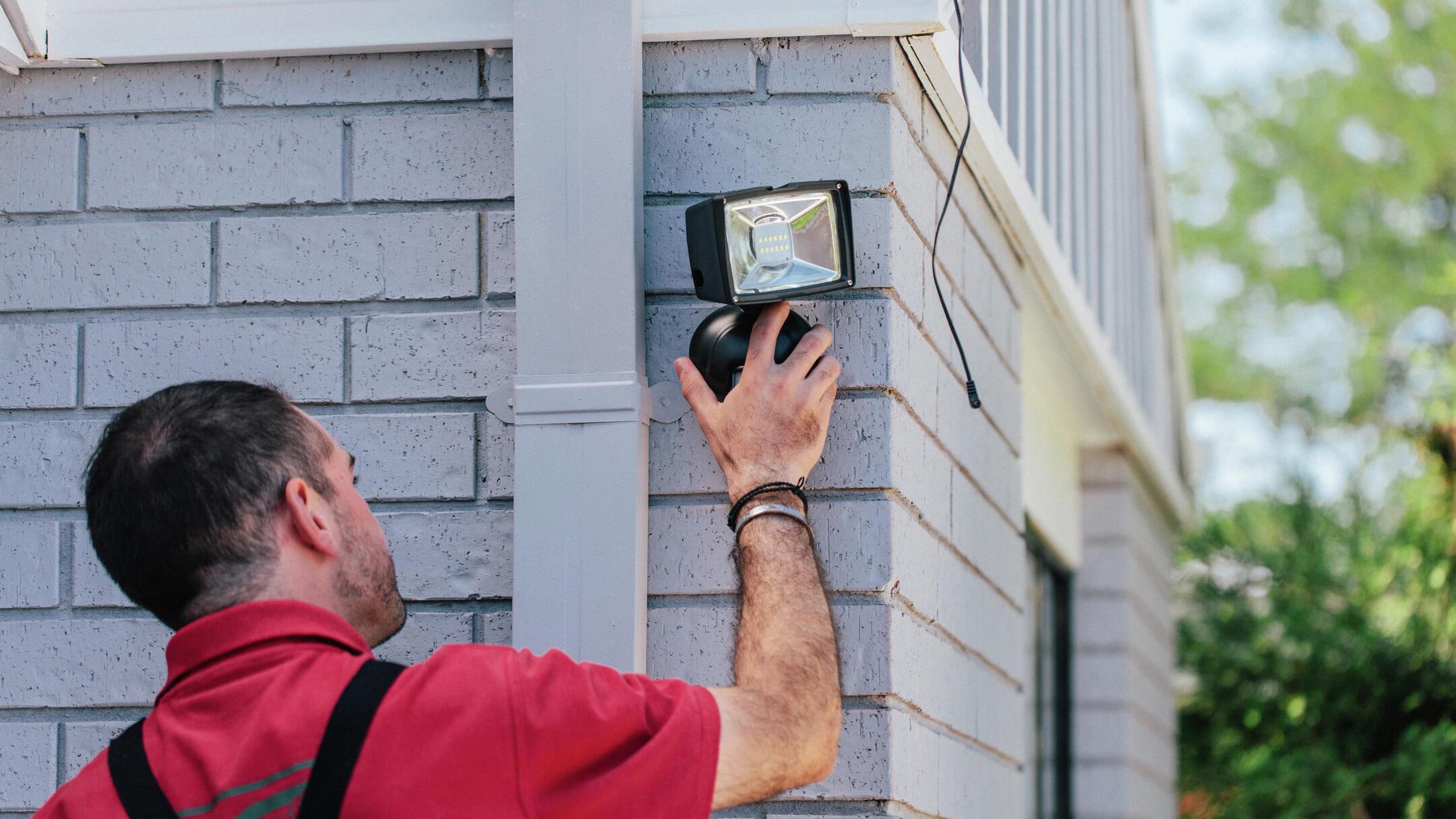
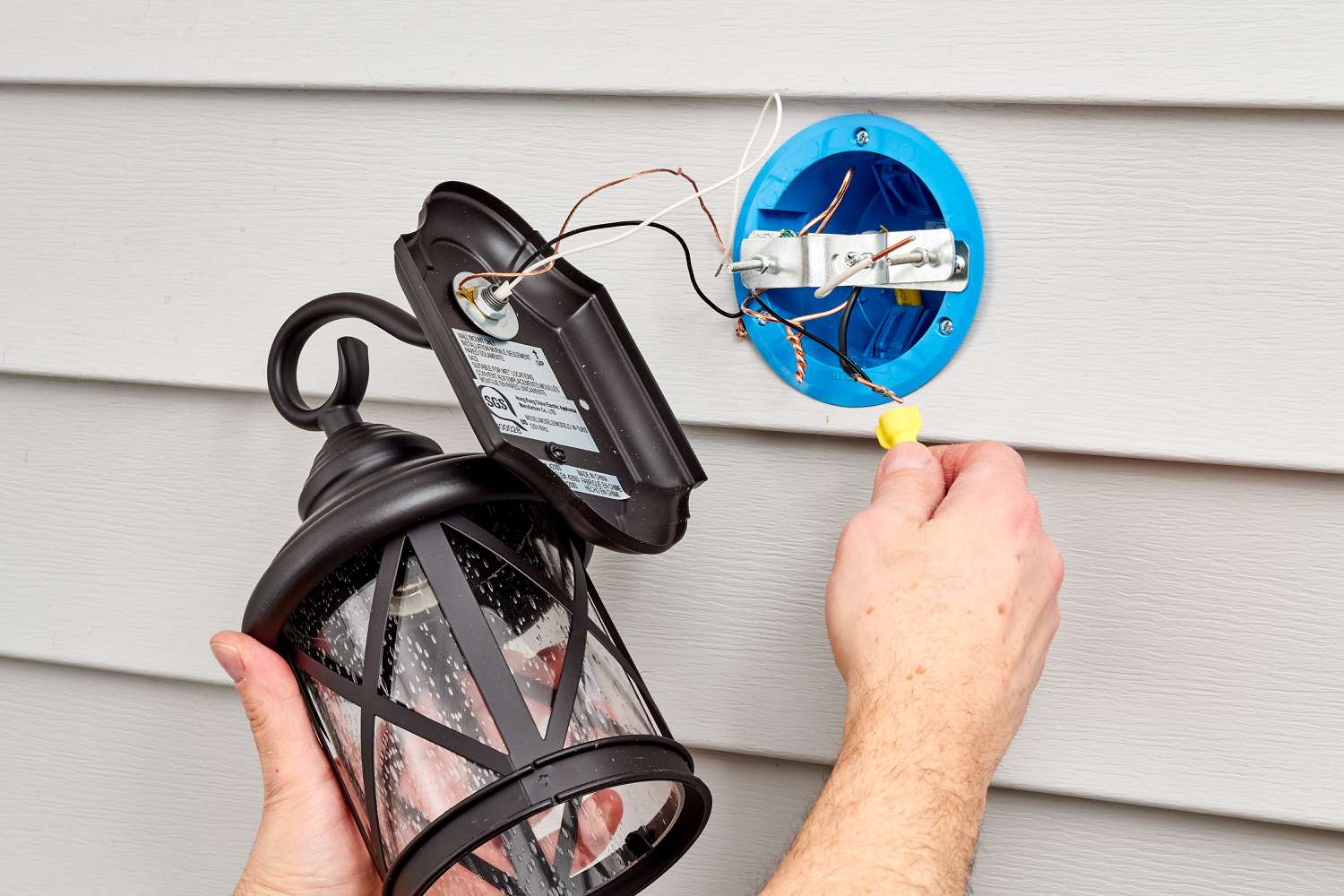
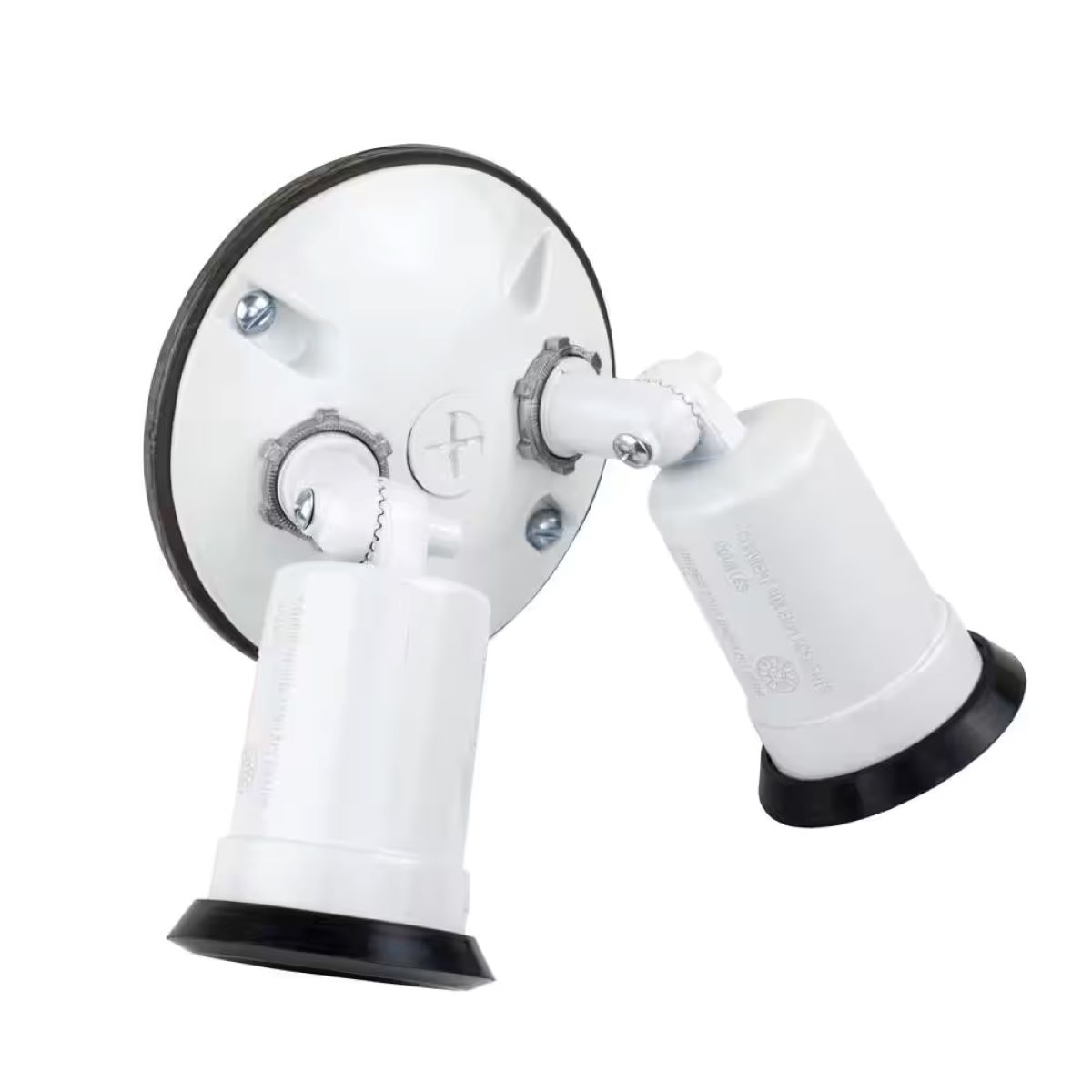
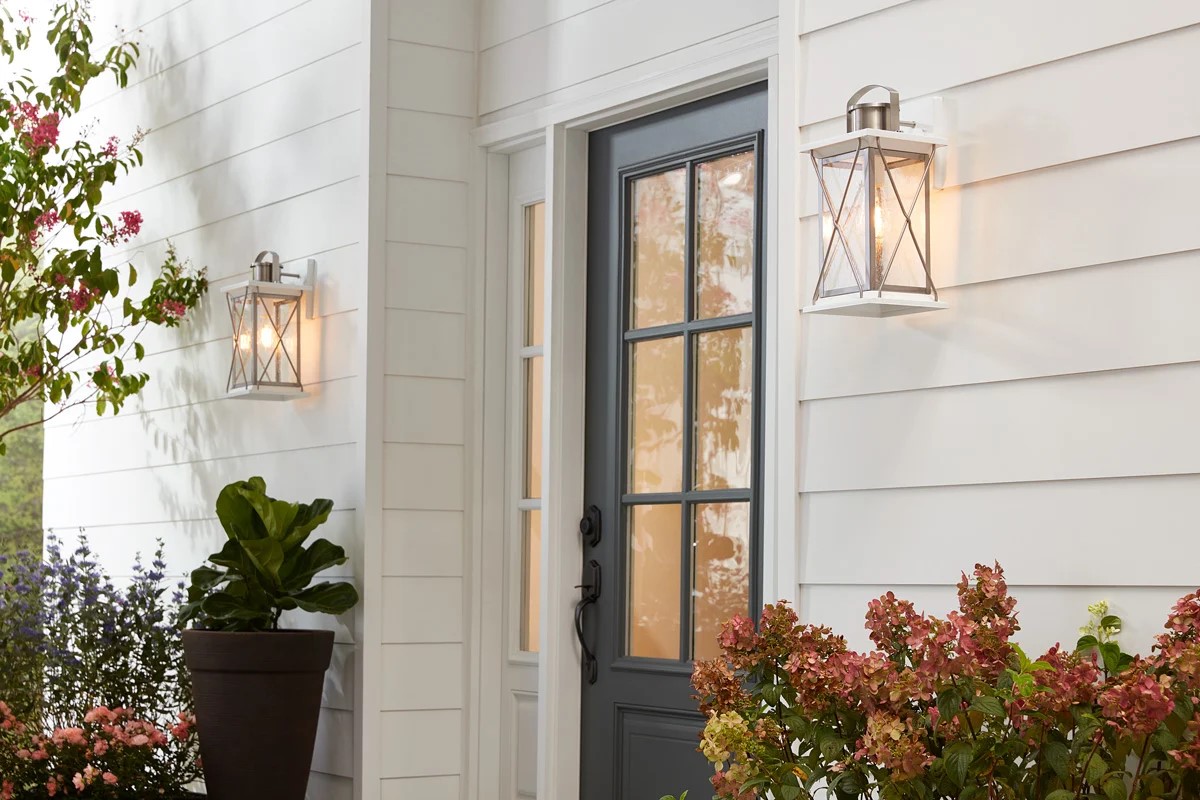
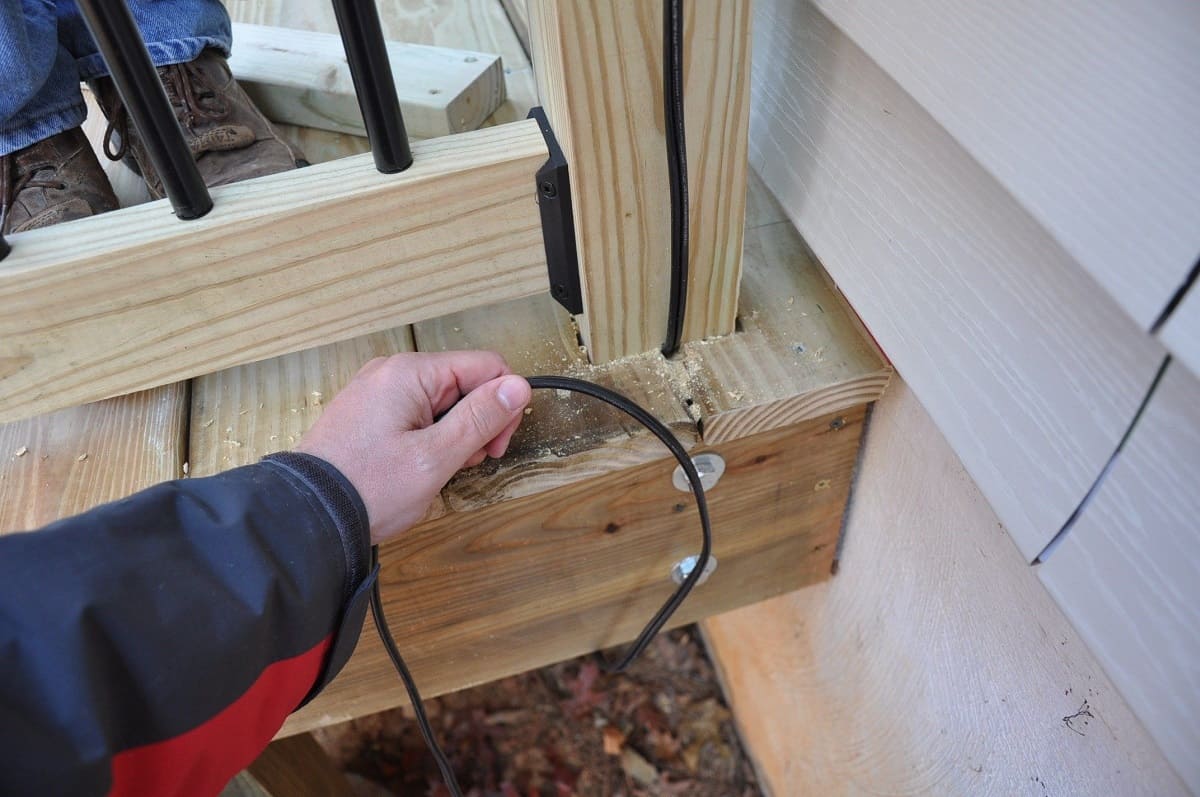
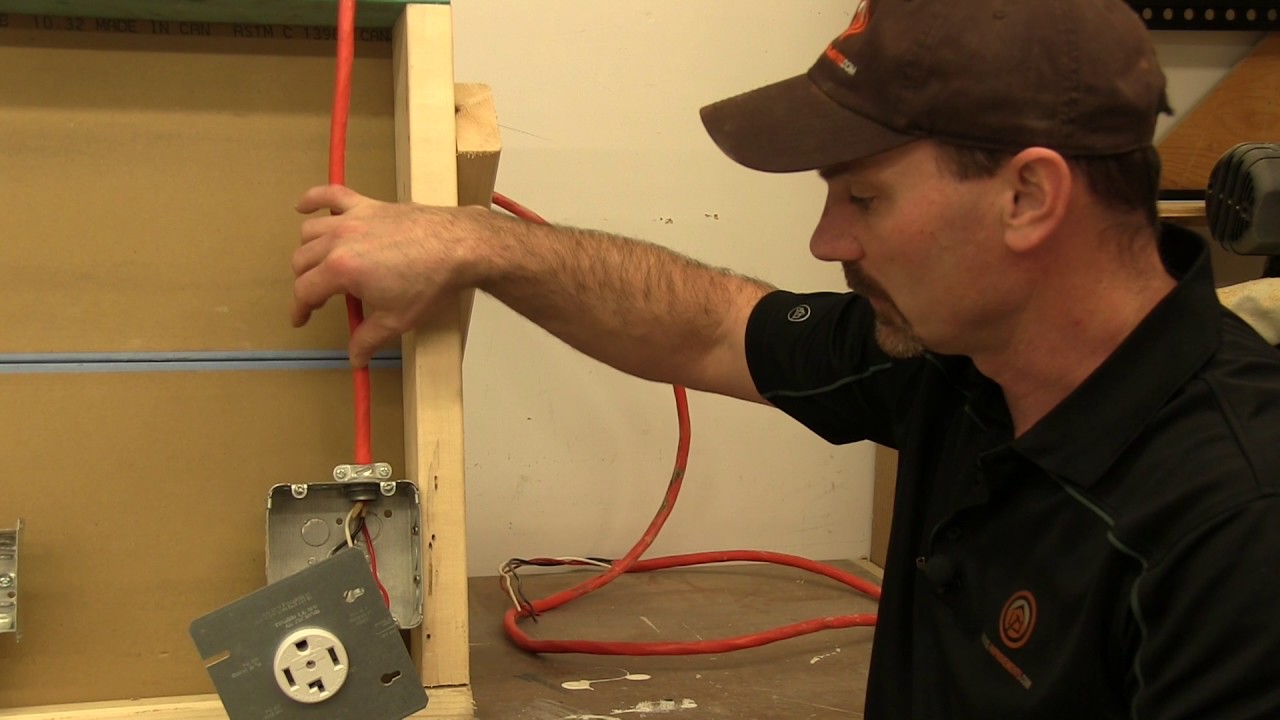
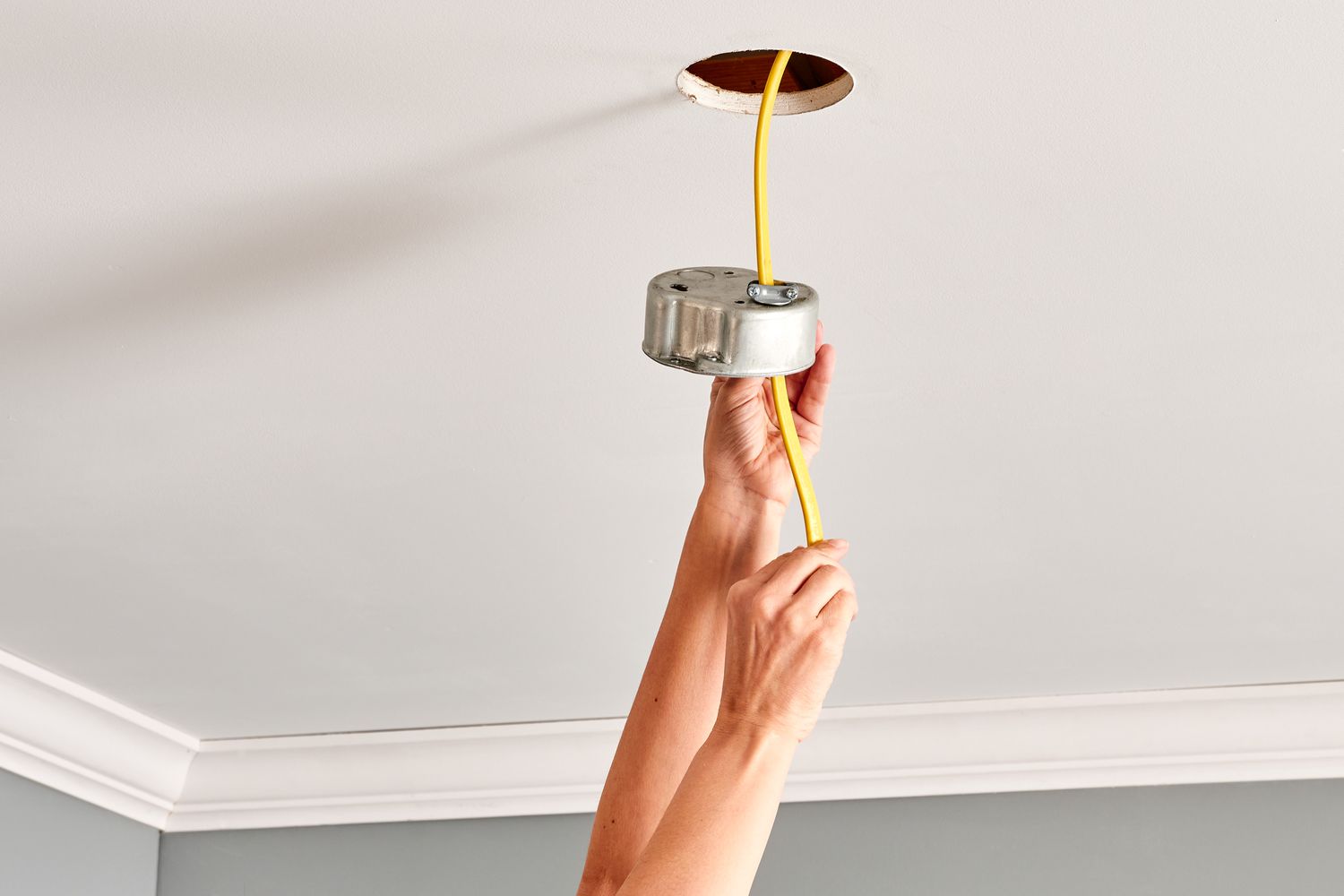
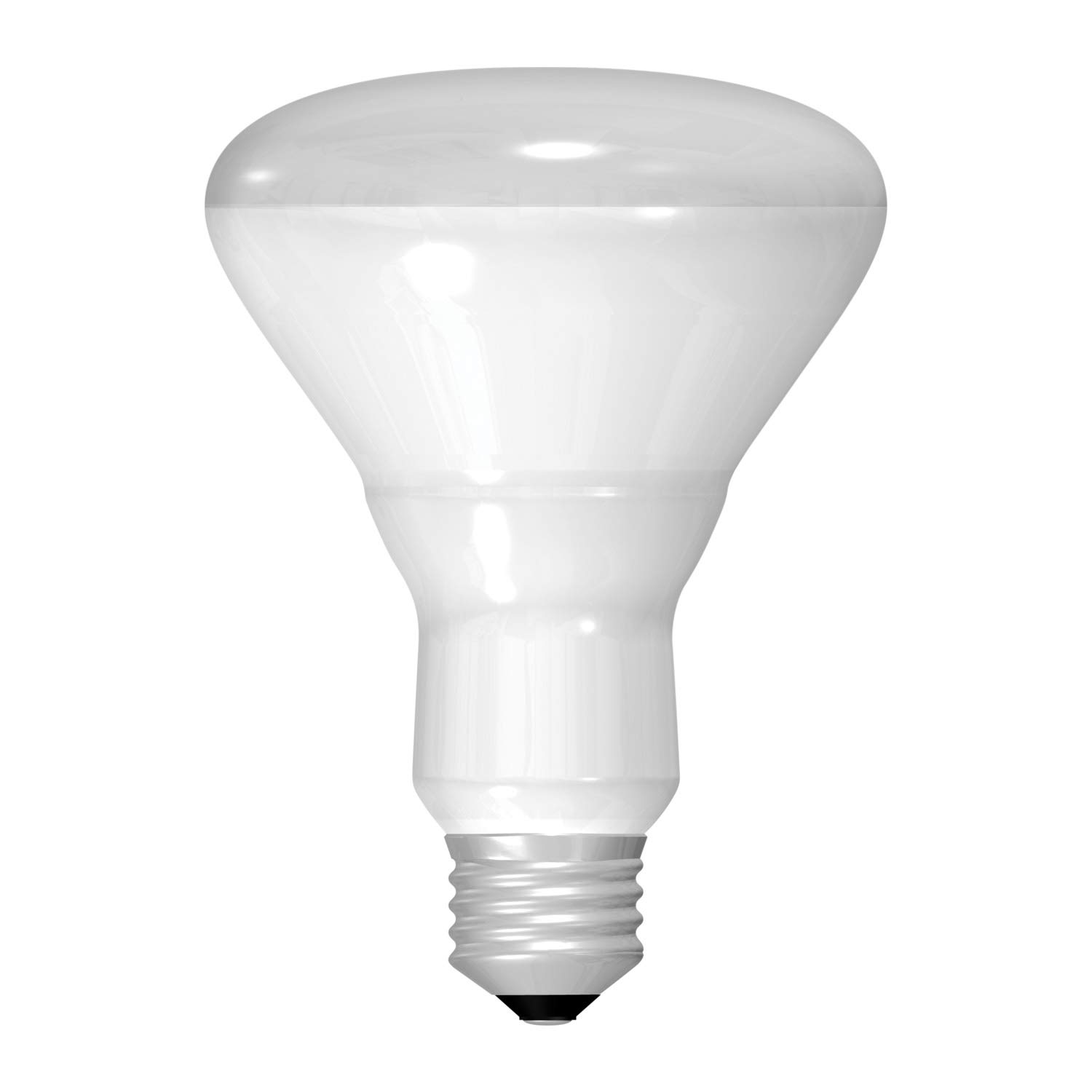
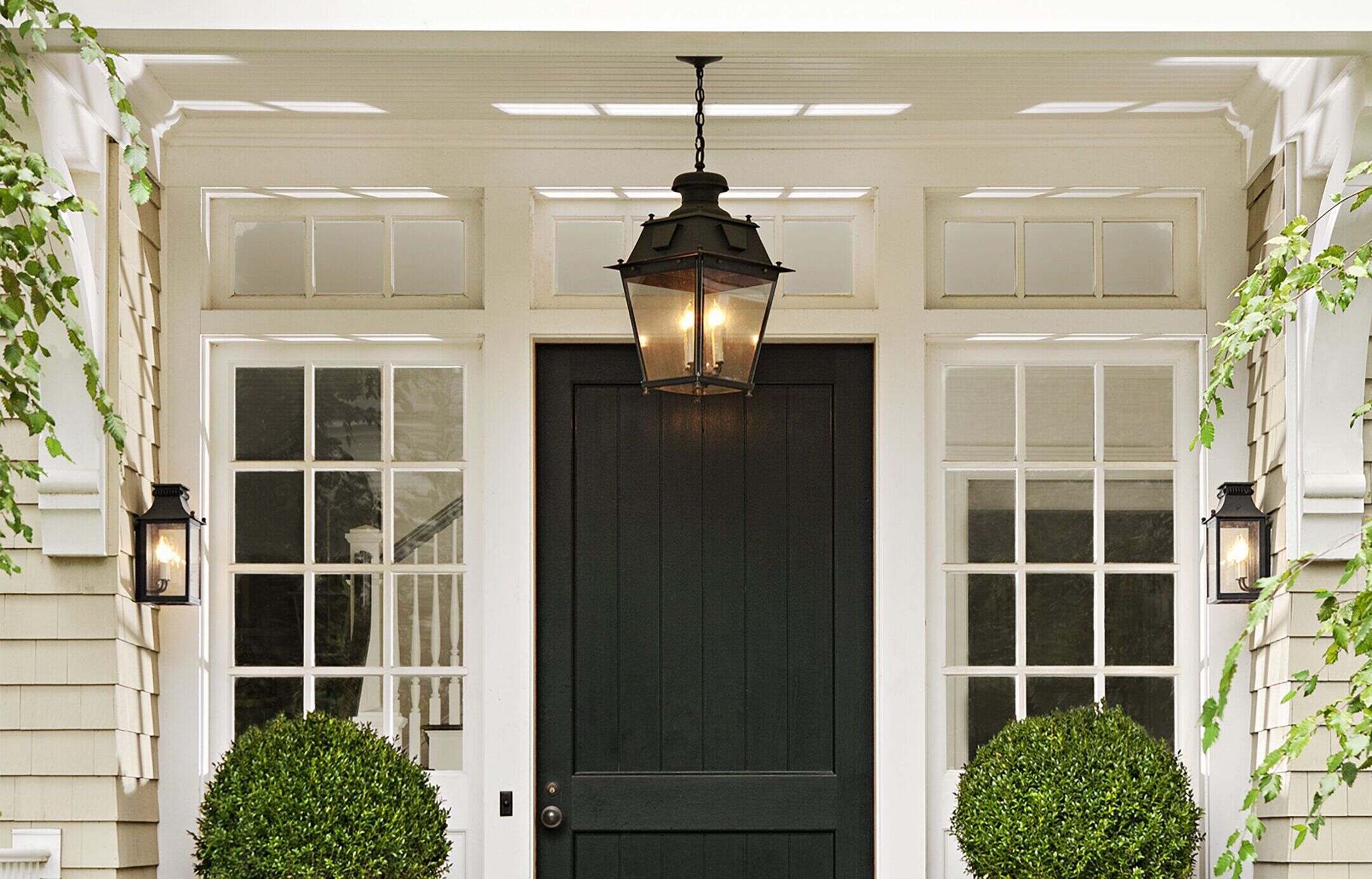
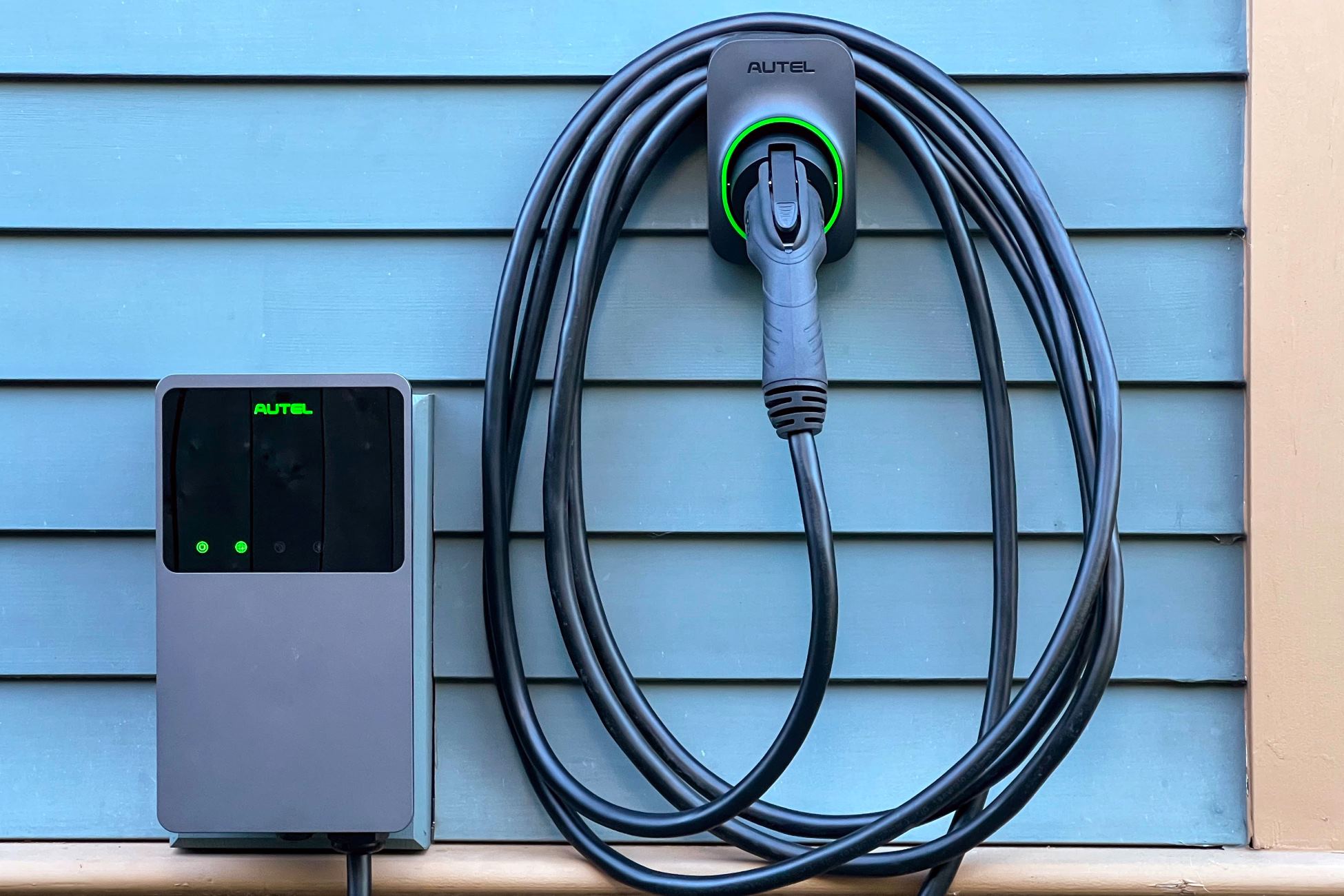
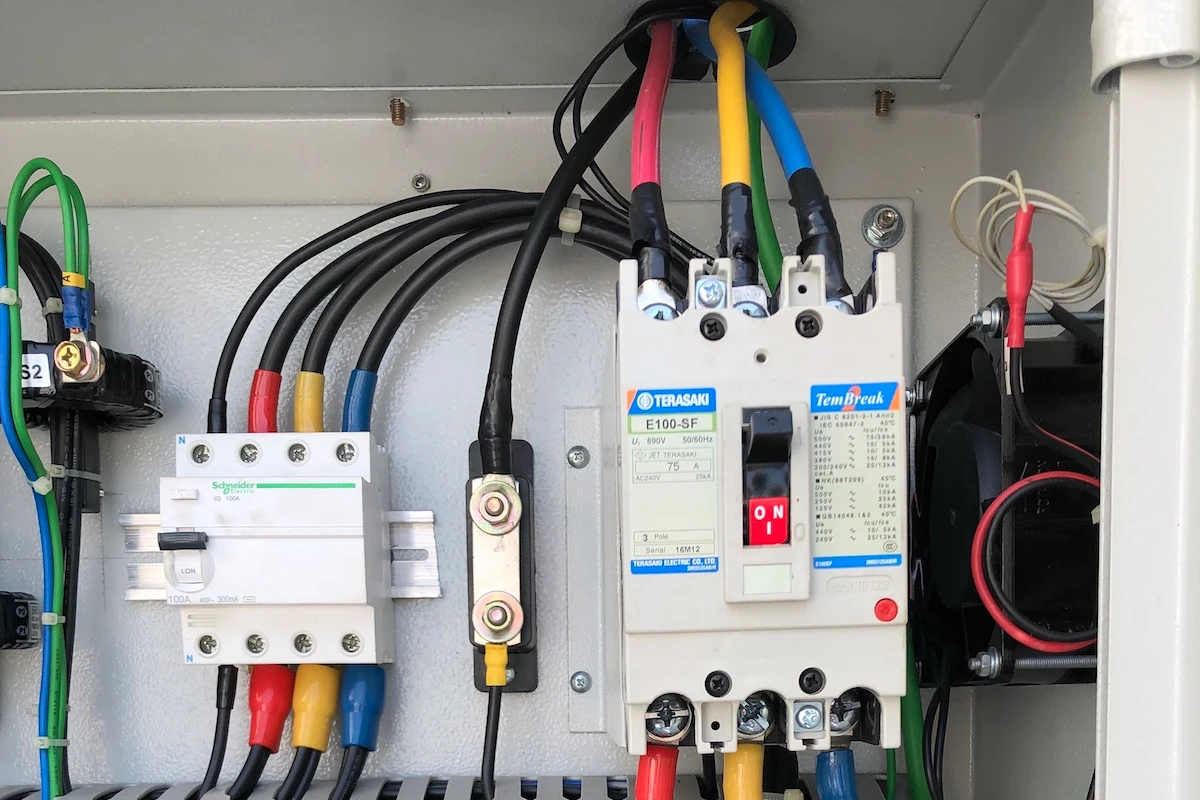

0 thoughts on “What Size Wire For Outdoor Flood Lights”